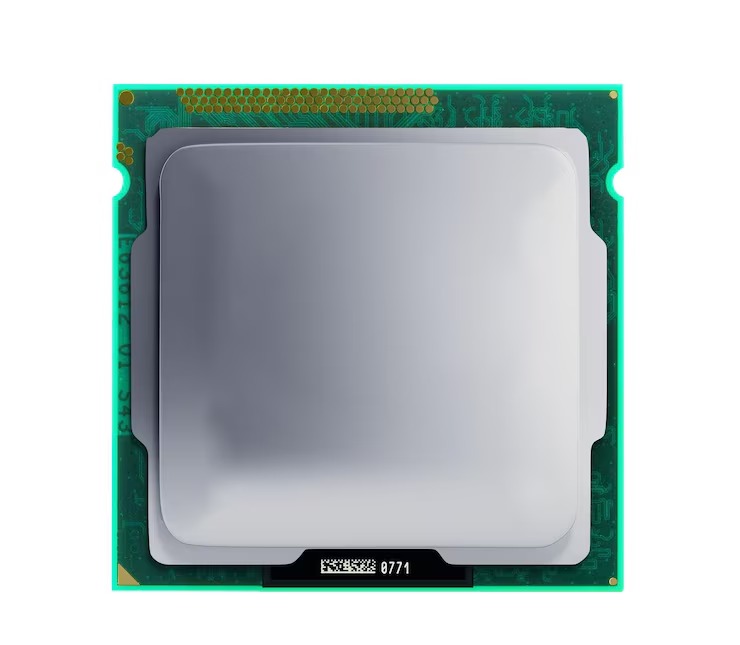How to Avoid Common Tech Pitfalls
In today’s fast-paced digital world, technology plays a central role in both personal and professional lives. While tech advancements offer incredible opportunities, they also come with a host of challenges that can derail productivity, compromise security, and lead to costly mistakes. Understanding how to navigate these challenges is essential for anyone looking to make the most of their tech tools. Here’s a comprehensive guide to avoiding common tech pitfalls and ensuring smooth sailing in your digital endeavors.
1. Overlooking Regular Software Updates
One of the most common mistakes users make is neglecting software updates. Whether it’s an operating system, an application, or a plugin, updates often include critical security patches, bug fixes, and performance improvements. Ignoring these updates can leave your devices vulnerable to cyberattacks or cause software to malfunction.
For example, in 2017, the WannaCry ransomware attack exploited vulnerabilities in outdated Windows systems, affecting hundreds of thousands of computers worldwide. To avoid such scenarios, enable automatic updates whenever possible and schedule regular checks for any pending updates. Staying current ensures your tech remains secure and efficient.
2. Falling for Phishing Scams
Phishing scams continue to be a major threat, with cybercriminals using deceptive emails, messages, or websites to steal sensitive information. These scams often appear legitimate, tricking users into revealing passwords, credit card details, or other confidential data.
A classic example is the “Nigerian Prince” scam, where victims are promised large sums of money in exchange for upfront fees. Modern phishing attempts are far more sophisticated, often mimicking trusted brands or institutions. To protect yourself, scrutinize emails for spelling errors, suspicious links, or unusual requests. Never share personal information unless you’re certain of the recipient’s authenticity. Using multi-factor authentication adds an extra layer of security.



